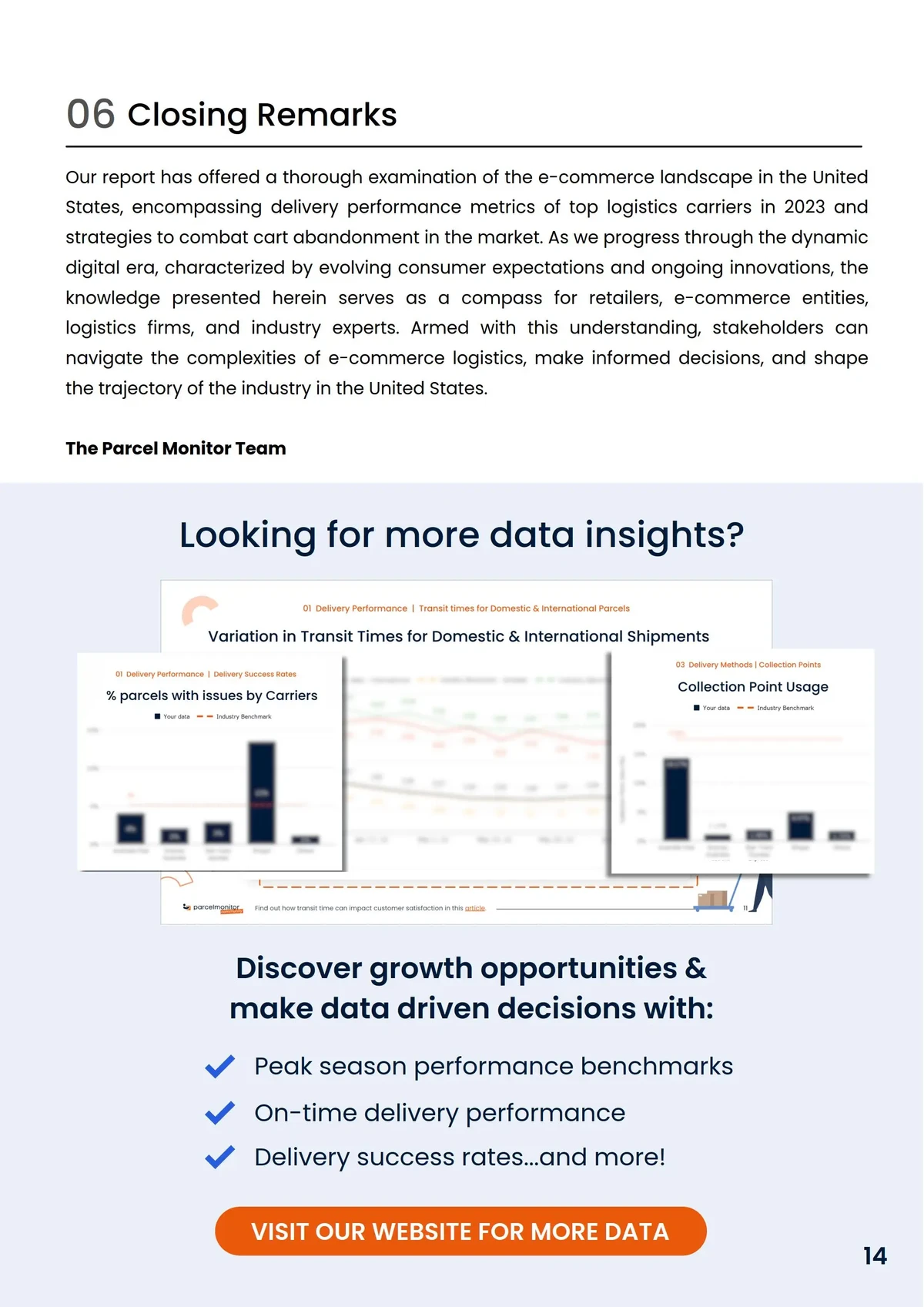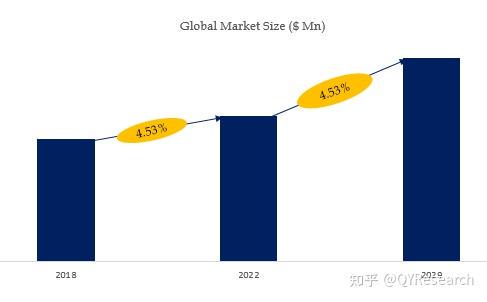============================================
Understanding financial markets has traditionally revolved around rational models—where investors are assumed to act logically, always making decisions that maximize returns. However, real-world data consistently proves otherwise. The field of behavioral finance has emerged to bridge this gap, studying how psychological biases and emotional factors shape investment behavior. In this article, we’ll dive deep into how behavioral finance affects market trends, analyze competing approaches, compare their pros and cons, and provide practical insights for investors and professionals alike.
What Is Behavioral Finance?
Definition and Scope
Behavioral finance is an interdisciplinary field that combines psychology, economics, and finance to explain anomalies in markets. It challenges the Efficient Market Hypothesis (EMH), showing that investors are often irrational, influenced by biases such as overconfidence, herd behavior, or loss aversion.
Real-World Significance
Stock market bubbles, crashes, and persistent mispricing are not purely random events. They are strongly tied to behavioral patterns. Recognizing these factors helps traders, portfolio managers, and policymakers anticipate market shifts and design better strategies.
Key Behavioral Biases That Drive Market Trends
1. Overconfidence Bias
Investors often overestimate their ability to predict future prices. During bull markets, this can fuel speculative bubbles, as seen in the dot-com boom.
- Impact on trends: Leads to excessive trading volumes and inflated valuations.
- Example: Retail investors in meme stocks like GameStop demonstrated strong overconfidence, sustaining price surges disconnected from fundamentals.
2. Herd Mentality
When investors follow the crowd instead of conducting independent analysis, markets move collectively in one direction.
- Impact on trends: Creates sharp upward or downward swings, often detached from intrinsic value.
- Example: Cryptocurrency rallies largely fueled by social media hype.
3. Loss Aversion
Investors fear losses more than they value equivalent gains. This often leads to holding onto losing stocks longer or panic selling during downturns.
- Impact on trends: Prolonged market corrections or sudden sell-offs.
- Example: The 2008 financial crisis saw massive panic-driven selling that deepened the downturn.
4. Anchoring Effect
Traders anchor their expectations to irrelevant reference points, such as a stock’s historical high.
- Impact on trends: Resistance to price adjustments, delaying correction to fair value.
- Example: Investors refusing to sell tech stocks post-2000 bubble because they expected prices to return to prior highs.
The cycle of investor emotions that often drives market booms and busts
How Behavioral Finance Affects Market Trends in Practice
Short-Term Effects
- Increased volatility as emotional trading overrides fundamentals.
- Momentum effects: trends extend longer than expected because of herd mentality.
Long-Term Effects
- Structural inefficiencies in markets, such as persistent underpricing or overpricing.
- Creation of cycles: bubbles and crashes repeat as human psychology remains consistent.
Comparing Two Approaches: Traditional Finance vs. Behavioral Finance
Traditional Finance Approach
- Assumption: Markets are efficient; investors act rationally.
- Strengths: Clear mathematical models, suitable for risk-neutral pricing.
- Weaknesses: Fails to explain anomalies like bubbles, irrational panic, or consistent outperforming patterns.
Behavioral Finance Approach
- Assumption: Investors are influenced by biases, heuristics, and emotions.
- Strengths: Explains real-world deviations; integrates psychology with finance.
- Weaknesses: Hard to quantify; not all biases apply equally across demographics.
Recommendation: A hybrid strategy—integrating behavioral insights into traditional quantitative models—delivers the best results. For example, when exploring how does behavioral finance impact quantitative trading, traders can adjust algorithmic models to account for irrational investor behavior, thereby improving predictive accuracy.

Methods for Applying Behavioral Finance to Trading
1. Sentiment Analysis
Traders monitor social media, forums, and news outlets to gauge market mood. Machine learning models can process sentiment data to predict short-term price moves.
2. Behavioral Factor Models
Quantitative funds include behavioral factors—like investor sentiment or herding metrics—alongside traditional factors (momentum, value, size).
3. Bias-Aware Risk Management
Portfolio managers use frameworks to detect when biases might distort decisions, e.g., anchoring during portfolio rebalancing.
For those exploring where to learn behavioral finance for trading, top resources include university finance programs, CFA behavioral finance modules, and specialized hedge fund training programs.
Contrasting behavioral-driven strategies and rational models in financial markets
Case Studies: Behavioral Finance Driving Market Trends
Case 1: Dot-Com Bubble (1995–2000)
Investor overconfidence and herd mentality led to overvaluation of tech companies. When reality set in, the bubble burst, causing a multi-year downturn.
Case 2: 2008 Global Financial Crisis
Loss aversion and panic amplified the crisis. Despite central banks providing liquidity, markets continued to fall as investors rushed to cash out.
Case 3: Meme Stock Frenzy (2021)
Social media-driven herding and anchoring caused GameStop and AMC to skyrocket, defying fundamental valuations.

The Role of Behavioral Finance in Modern Market Strategies
- Algorithmic Trading: Incorporating sentiment indicators enhances predictive accuracy.
- Risk Management: Firms implement behavioral checks to avoid irrational overexposure.
- Investor Education: Understanding biases empowers retail investors to make disciplined decisions.
Frequently Asked Questions (FAQ)
1. Why is behavioral finance important in trading?
Because it explains irrational behaviors that move markets. Traders who account for biases gain an edge over those relying solely on fundamentals or technical analysis.
2. Can behavioral finance be quantified in trading models?
Yes. Sentiment indices, volatility measures, and bias-adjusted risk models are examples. Advanced funds already integrate these into their strategies.
3. How can retail investors use behavioral finance?
Retail investors can apply simple techniques like setting stop-losses to overcome loss aversion or diversifying portfolios to counteract overconfidence. Mindfulness about biases is often as powerful as advanced models.
Conclusion
Behavioral finance has reshaped how we understand and navigate financial markets. By revealing how emotions, cognitive biases, and herd behavior shape investor decisions, it explains phenomena that traditional models fail to capture. The influence of behavioral finance on market trends is undeniable—impacting everything from day-to-day volatility to long-term cycles of booms and busts.
For professionals, combining behavioral insights with quantitative methods creates robust strategies that align with real-world dynamics. For retail investors, awareness of biases helps avoid costly mistakes.
Now, it’s your turn: Have you experienced a time when emotions or herd behavior influenced your trading decisions? Share your thoughts in the comments and pass this article along to colleagues or friends interested in market psychology. The more we discuss how behavioral finance affects market trends, the better equipped we become to make rational investment choices.
要不要我顺便帮你做一个 “Behavioral Finance Bias Tracker(投资者心理偏差记录表)”Excel 模板,方便你在交易时自我检测?

0 Comments
Leave a Comment